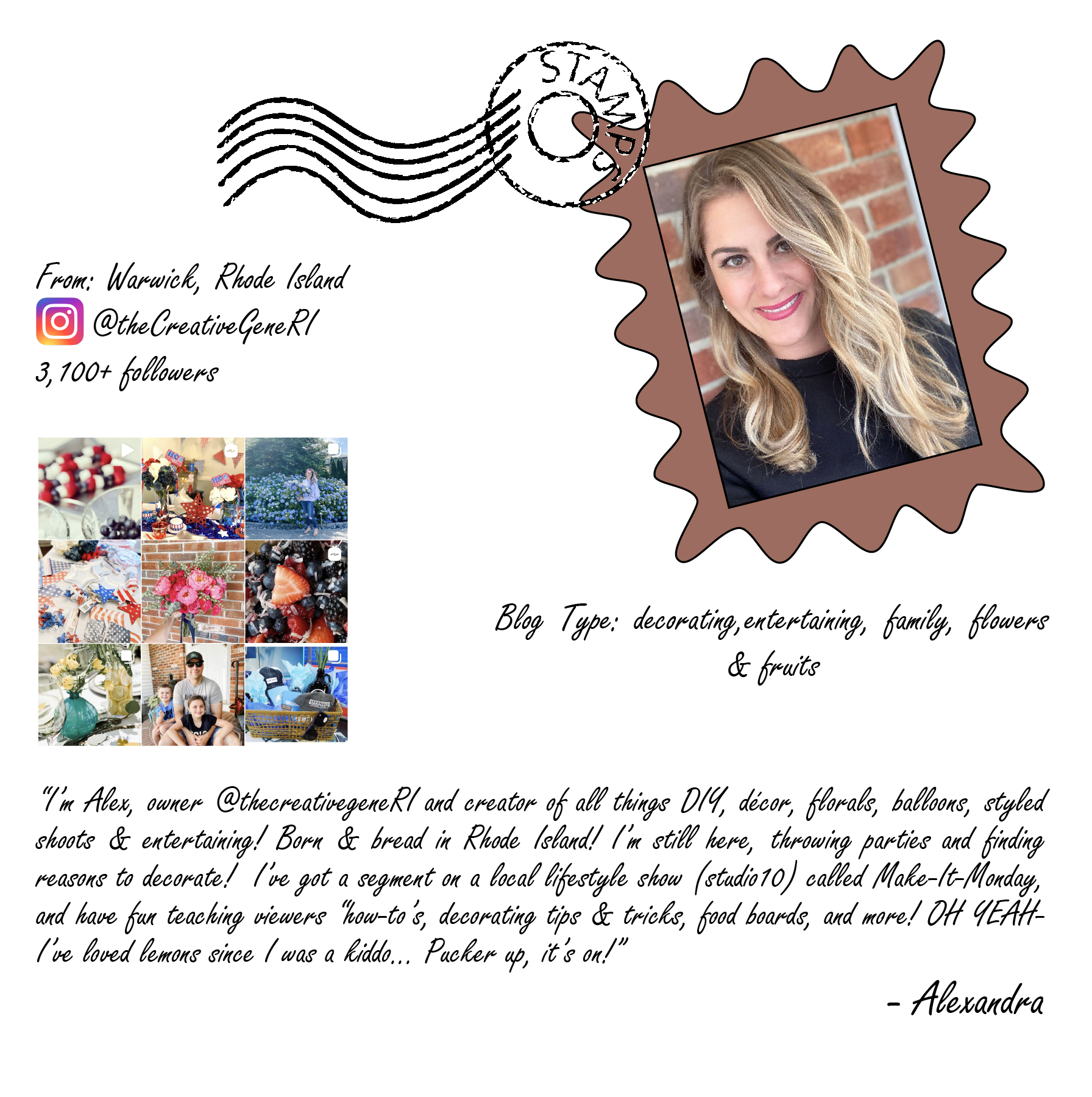Did you know that lemon peel – or lemon zest – contains more nutrients than the flesh by weight? That’s right, even though the fruit itself is considered a nutritional powerhouse, the zest is just as good for you.
Lemon zest contains a host of nutrients, including:
- Calcium
- Potassium
- Vitamin C
- Fibre
- Vitamin A
The peel also contains a class of called phytonutrients, which includes flavonoids, phenolics, and other elements that are now undergoing clinical studies due to their exciting anticancer, anti-inflammatory, and antiviral properties.
In other words, they’re very good for you!
Now, eating a lot of zest at any one time isn’t entirely feasible. But, by adding a little to a lot of different dishes, you can end up consuming significant amounts, and getting the nutritional benefits. Here are some quick ideas on how to add lemon zest to your diet.
- Add it to your favorite pastas and pasta sauces, whether creamy or oil-based – the bright flavor enlivens virtually any pasta dish.
- Add it to baked goods and desserts, especially anything vanilla. Cheesecake, custards, coffee cakes, ice cream – they all taste wonderful with a sprinkle of lemon zest.
- Add it to salads of virtually any kind. It makes a lovely contrast to strong cheeses such as feta or Parmesan
- Add it to roasted veggies for a flavor enhancer.
- Add it to any kind of seafood. It takes an ordinary baked or broiled piece of fish and turns it into a taste sensation together with a few fresh herbs and spices.
- Add it to cocktails, especially any based on gin or vodka.
- Add it to chicken dishes of all kinds, where it will contrast with the meat’s mild flavor.
- Add it to sauces, especially pan sauces for meats or fish, or even mayonnaise.
- Add it to breadcrumbs and croutons for a gourmet touch.
Get the most out of your lemons by using the fruit, juice, and the zest.



